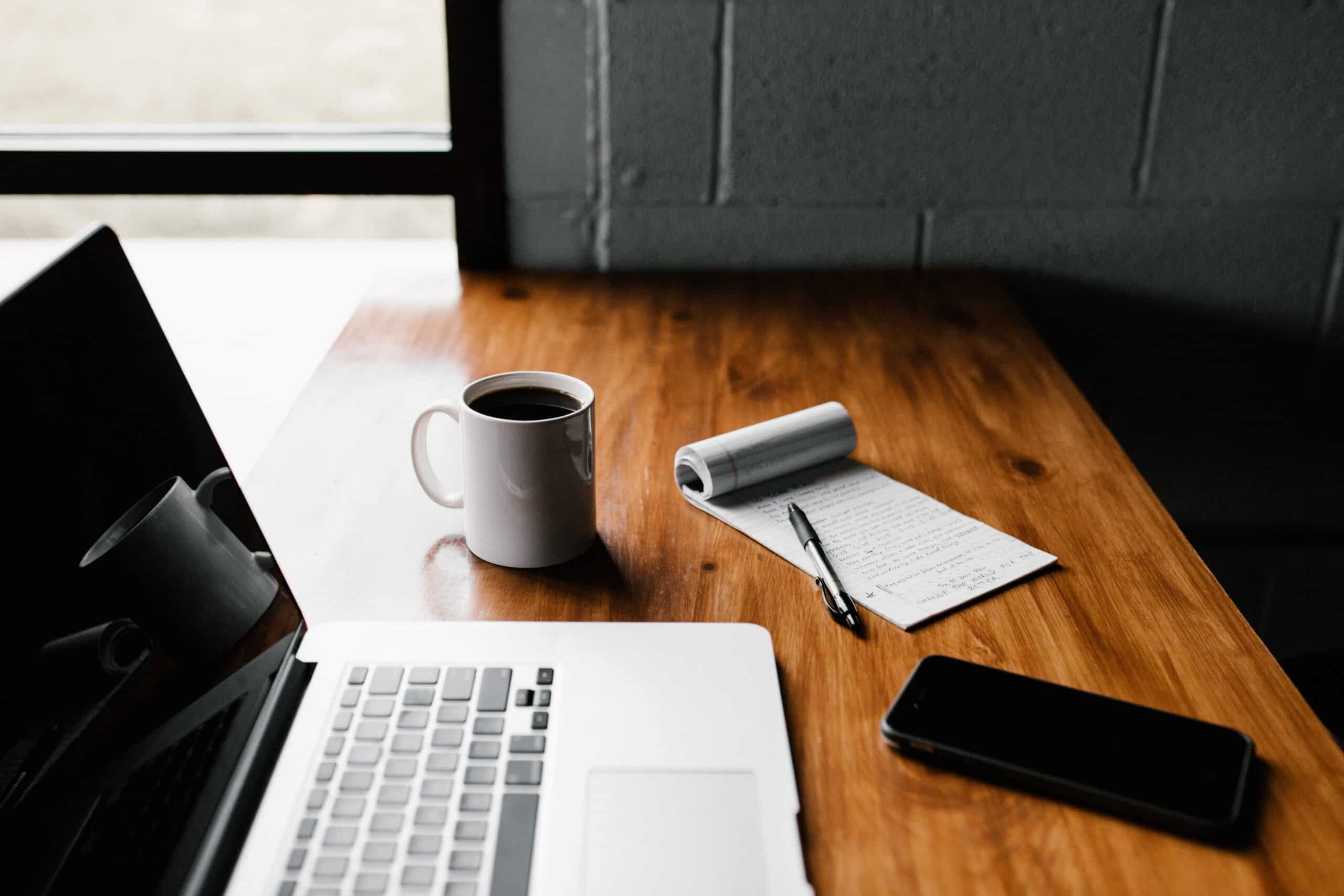As revealed in the latest IBM X-Force Threat Intelligence Index, Cyber Threats Targeting Identities represents a significant shift in the tactics employed by cybercriminals.
The IBM X-Force Threat Intelligence Index serves as a comprehensive barometer of the cybersecurity landscape, drawing insights from a wealth of data and analysis. Its latest iteration underscores a startling reality: identities have emerged as prime targets for malicious actors seeking to infiltrate networks, exfiltrate sensitive data, and wreak havoc on organizations worldwide.
One of the key findings of the report is the exponential rise in identity-related breaches and incidents. Whether through phishing attacks, credential stuffing, or insider threats, cybercriminals are increasingly exploiting vulnerabilities in identity management systems to gain unauthorised access to corporate networks. This trend reflects a strategic shift in focus, with attackers recognising the pivotal role that identities play in the digital ecosystem.
But what lies behind this surge in identity-based cyber threats? Several factors contribute to this phenomenon. First and foremost is the growing prevalence of remote work and cloud-based services. The widespread adoption of remote work models, accelerated by the COVID-19 pandemic, has blurred the traditional perimeter of corporate networks, making identities the new frontline in the battle for cybersecurity.
Moreover, the proliferation of digital services and platforms has led to an explosion in the number of user accounts and credentials circulating online. With each new account created, the attack surface widens, providing cybercriminals with an ever-expanding pool of targets to exploit. From social media platforms to e-commerce websites, no organisation is immune to the threat posed by compromised identities.
Another contributing factor is the increasing sophistication of cybercriminal tactics. Gone are the days of simplistic brute-force attacks; today’s threat actors leverage advanced techniques such as credential stuffing, where stolen credentials from one breach are used to compromise accounts across multiple platforms. This approach capitalises on the prevalence of password reuse among users, highlighting the importance of robust authentication mechanisms and password hygiene practices.
The implications of this identity crisis are far-reaching and multifaceted. For organizations, the stakes have never been higher. A single compromised identity can serve as a gateway for attackers to infiltrate networks, exfiltrate sensitive data, and inflict irreparable damage to brand reputation and customer trust. The financial and reputational costs of a successful identity breach can be staggering, underscoring the urgent need for proactive measures to safeguard identities and secure digital assets.
It is clear that organizations must adopt a holistic approach to identity management and cybersecurity due to cyber threats targeting identities. This includes implementing multi-factor authentication, strengthening access controls, and investing in employee training and awareness programs. Furthermore, collaboration and information sharing within the cybersecurity community are essential to staying ahead of emerging threats and vulnerabilities.













